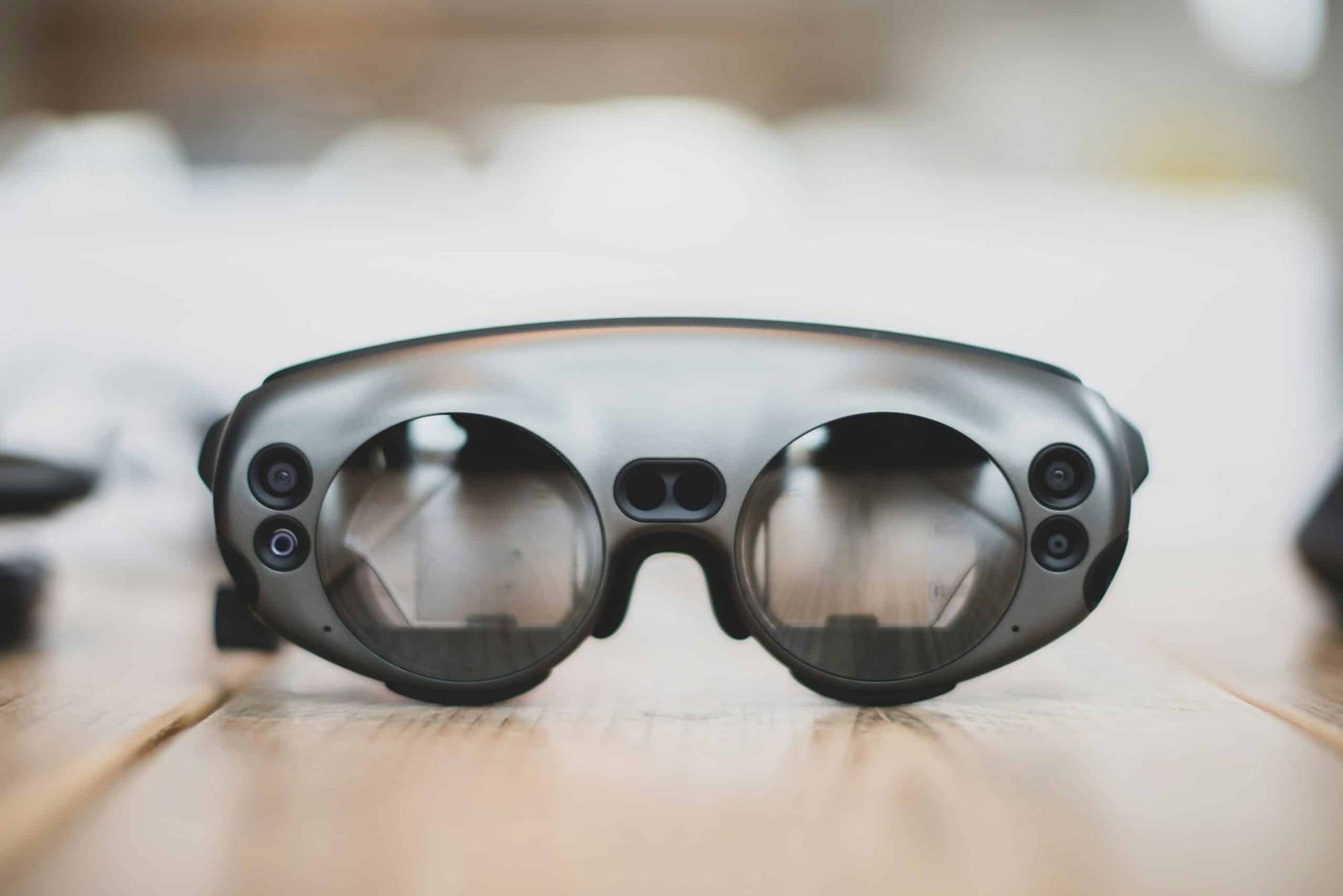What is extended reality?
Extended reality (XR) includes VR, AR, and mixed reality. These technologies strive to provide immersive digital experiences that merge the physical and virtual worlds, giving new ways to engage, communicate, and work.
XR technology uses powerful computer graphics, sensors, and display technologies to produce natural, intuitive experiences. XR could change how we live, work, and play by combining the digital and physical worlds, expanding human-computer connection.
The different types of extended reality
- Virtual Reality (VR): VR is a fully immersive digital environment that replaces the user’s physical surroundings with a computer-generated world. Users wear a headset that blocks out the real world and presents a 360-degree virtual environment, allowing them to explore, interact, and navigate within the digital space.
- Augmented Reality (AR): AR enhances the user’s perception of the physical world by overlaying digital information, such as images, text, or 3D models, onto the user’s view of the real world. AR technology uses cameras, sensors, and display systems to seamlessly integrate virtual elements with the user’s physical environment.
- Mixed Reality (MR): MR is a blend of VR and AR, where virtual and physical elements coexist and interact with each other in real-time. In MR, users can see and manipulate digital objects as if they were physically present in their environment, allowing for more natural and intuitive interactions.
How extended reality is transforming industries
XR could change entertainment, gaming, healthcare, education, and more. Innovative applications that employ XR’s unique characteristics to improve productivity, efficiency, and user experiences are emerging as the technology evolves.
The benefits of extended reality
The adoption of XR technology offers a wealth of benefits across various sectors. Some of the key advantages include:
- Improved visualization and collaboration
- Enhanced training and education experiences
- Increased accessibility and inclusivity
- Streamlined workflows and increased productivity
- Immersive and engaging entertainment experiences
- Advancements in medical diagnosis and treatment
Extended reality in entertainment and gaming
XR has been pioneered by the entertainment and gaming sectors, creating beautiful and immersive experiences. From virtual concerts and interactive gaming worlds to educational experiences and cinematic VR, XR can transport people to new realms and unlock unparalleled levels of engagement and participation.
Extended reality in healthcare and medicine
In the healthcare and medical fields, XR has demonstrated tremendous potential. Doctors and researchers are using VR and AR to enhance medical training, visualize complex anatomical structures, and provide more effective therapies for patients. XR-based rehabilitation programs, pain management solutions, and surgical planning tools are just a few examples of how this technology is revolutionizing the healthcare industry.
Extended reality in education and training
XR has the ability to transform the way we learn and acquire new skills. By creating immersive, interactive learning environments, XR can enhance retention, engagement, and comprehension. From virtual field trips and interactive simulations to personalized learning experiences, XR is redefining the educational landscape, making learning more accessible, engaging, and effective.
Extended reality in architecture and design
XR helps architects and designers visualize and collaborate on projects in new ways. Architects and designers can now generate and manipulate 3D models in real time to explore design concepts, discover challenges, and better communicate with customers and stakeholders.
Challenges and limitations of extended reality
While the potential of XR is undeniable, the technology also faces several challenges and limitations that need to be addressed. These include:
- Hardware limitations: XR headsets and devices are big, expensive, and require a lot of computational power, limiting their use.
- Experience and ergonomics: Prolonged use of XR devices can cause motion sickness, eye strain, and physical pain, which must be addressed to optimize user experience.
- Creating high-quality, compelling XR content takes time, finances, and specialized expertise, which can be difficult for smaller enterprises and independent artists.
- XR’s immersive nature raises worries regarding data privacy, security, and exploitation of personal information.
The future of extended reality
As the technology continues to evolve, the future of XR is both exciting and promising. We can expect to see advancements in hardware, software, and content creation that will make XR more accessible, user-friendly, and capable of delivering even more immersive and transformative experiences.
Some of the key trends and developments in the future of XR include:
- Improved headset design and ergonomics
- Increased computing power and reduced latency
- Advancements in spatial computing and AI-powered interactions
- Expansion of 5G and cloud-based XR solutions
- Increased adoption and integration in various industries
- Breakthroughs in haptic and sensory feedback technologies
- Emergence of new use cases and applications
Explore the transformative potential of extended reality and discover how it can unlock new possibilities in your industry. Contact us to learn more about our XR solutions and how we can help you stay ahead of the curve.

